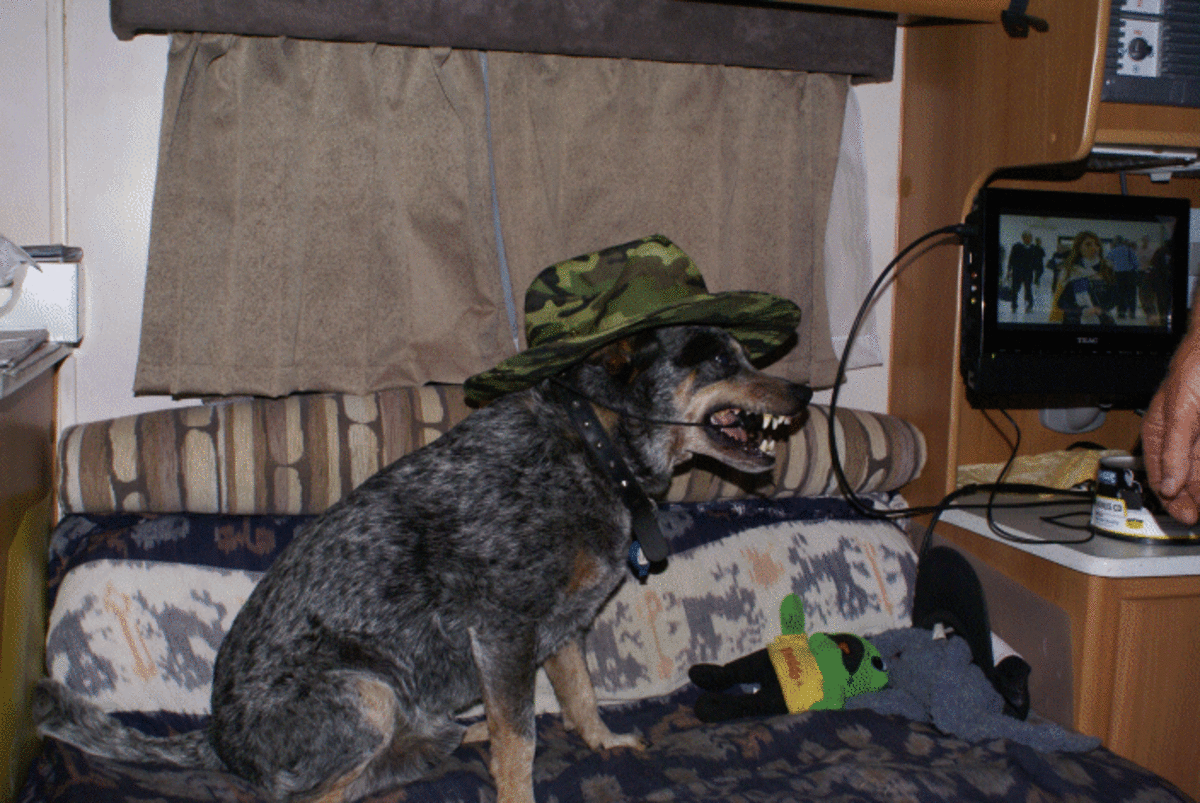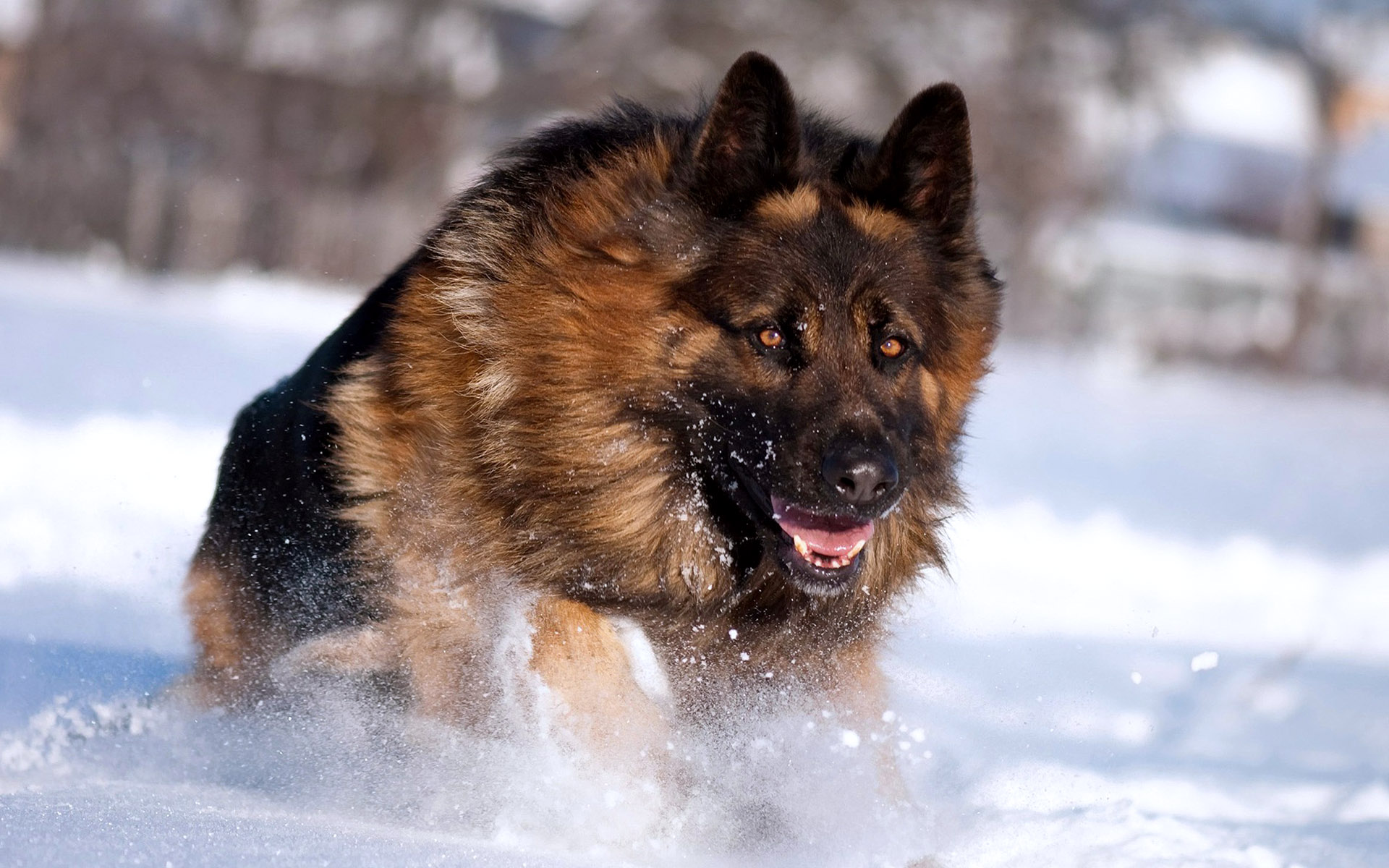What to do for aggressive dogs

In guarding these resources, they can use techniques such as growling, snapping, and even biting to maintain the control over the resource. Frustration aggression: When a dog is prevented from doing something they want or forced to do something they don't want to, they can become frustrated and direct aggression towards the nearest animal or person.
In dogs, examples of frustration aggression include aggression resulting from being physically held back by their collar or forced into a kennel. Learned aggression: Once a dog acts aggressively for any of the above reasons, but especially for see more aggression, they may learn the best way to get what they want is to repeat the aggression. If barking and lunging at the mailman gets him to leave then the dog will learn barking and lunging is effective. Similarly, if biting a hand reaching for them gets the hand to go away, they will quickly learn to bite to remove unwanted contact.
Redirected aggression: Another form of frustration aggression in which a dog becomes aroused by a stimulus such as a doorbell or dog outside the window here is prevented from directing aggression at the stimulus and instead turns and attacks another dog or their owner. Fear-motivated aggression: Dogs fearing for their what to do for aggressive dogs safety are more likely than confident dogs to bite another human or dog.
The perceived threat to the dog can be what to do for aggressive dogs or imagined. For example, a person could be very innocently trying to reach over the dog to take a hold of their collar, but the dog may perceive the motion as intent to do harm, which leads the dog to react aggressively.
Genetic what to do for aggressive dogs Some dogs are genetically predisposed to aggression. Dogs of any breed can be selectively bred for aggression intentionally or unintentionally. Protective aggression: Most often happens when a mother protects her young puppies. Territorial aggression: Dogs may attempt to guard or defend their home or space. Territorial aggression includes barking and lunging at fences or from windows. Often, predatory behavior is seen in dogs chasing smaller dogs, cats or even young children. Changes you might notice High arousal: Working breeds, such as herding dogs or those traditionally bred for hunting or fighting, may exhibit high arousal in excitable environments like play groups, and arousal in any form can lead to aggressive behavior. Such dogs may tip from excited play to fighting, or team up with other dogs to torment a victim dog. Irritability: Dogs who what to do for aggressive dogs enjoyed rowdy play might begin to exhibit irritable behavior instead, snarking at dogs who attempt to engage them in play.
They might also gravitate more toward human contact in a play setting rather than engaging other dogs. This is particularly common among mature females. Reactivity in shy dogs: Timid dogs might develop reactive behavior, hiding from boisterous young dogs and snapping at them whenever they approach. In a playgroup setting, they may go from hiding under a chair to rushing other dogs, barking, and snapping, in an attempt to chase them away. If they learn this behavior is successful, it may become more entrenched as the dog ages further. Bullying: Confident dogs with rough-and-tumble play styles might bully more timid dogs. They will continue playing despite cut-off signals from the victim dog flattened ears and tail, lowered body, lip-licking, frightened yipping and may appear to enjoy such interactions. How to handle these changes Avoid overly-aroused play situations. It is the rare adolescent dog who can remain calm and play appropriately when surrounded by other young, excited dogs.
If your dog plays too roughly in these situations, remove him: choose quieter, less stressful venues for him. Visit the dog park when fewer dogs are present, making sure that at least some of them are mature adults. Reinforce calm behavior.

If you and your dog are approaching a dog park or playgroup and your dog begins barking excitedly, turn around and walk him away. This will snap the dog out of the aggressive behavior. Teach the dog avoidance To help make walks easier, practice avoidance.
It means ignoring other dogs and their owners. It can seem like you are being rude to others, but this simple act will help your dog avoid fixation on other animals. It must what to do for aggressive dogs to ignore them unless you deliberately take them over for an introduction. When walking, keep your head high and look straight up and ahead. Walk at a natural pace and avoid eye contact with other dogs or their owners. By not making eye contact, we are teaching the animal that we do not want confrontation. Instead, we seek avoidance of conflict. In an extreme case, the dog may bite or attack you or a family member it knows well and has never acted against before.
What should you do when your dog shows these signs of hostile behavior? Since dog aggression can get out of hand and lead to injuries to dogs or people, it's very important to find the cause so you can help check this out dog overcome the aggression. Why Do Dogs Show Aggression? Knowing why your what to do for aggressive dogs is acting aggressively is essential to figuring out the best plan for stopping this frightening behavior. There are several potential causes of aggression in dogs.
Illustration: Katie Kerpel. If a dog that has never shown any sign of aggression suddenly begins growlingsnapping, or biting, it may be caused by a disease or illness. Pain is an especially common cause of aggression in dogs. Some possible causes of pain include arthritisbone fractures, internal injuries, various tumorsand lacerations. Other illnesses may affect your dog's brain, leading to seemingly unreasonable aggression. Conditions such as cognitive dysfunction and brain diseases or tumors may provoke the onset of aggression. How to Stop Dog Aggression Towards Other Dogs Eliminating dog-on-dog aggression requires you to teach your pup that other dogs are nothing to fear or get upset over.

Desensitization Systematic dog desensitization is a behavior modification method that requires gradual exposure to a trigger, so that the trigger is no longer novel or unusual. A combination of desensitization and counter-conditioning can help your dog conquer any fear. Desensitization refers to getting your dog accustomed to a stimulus so that your dog is no longer sensitive to it. Remember how we said earlier that adult dogs are naturally fearful and nervous around new stimuli? Start at where your dog is comfortable, not where you think he should be.
He needs to work up to the ultimate goal, not race to the finish line! What to do for aggressive dogs Counter-conditioning goes hand-in-hand with desensitization. Start by rewarding your dog with treats when he sees another canine in passing and stays under his threshold. Think hot dog chunks, super-premium high-value treatsor bacon. Many trainers also find it helpful to not just give the dog the treat, but instead to throw it into some grass. This requires your dog to sniff around to find the treat, with sniffing being a naturally calming behavior for dogs as well as serving as a longer distraction break from the other dog. You can slowly decrease the space between you and the other dogs, but not right away. You may what to do for aggressive dogs to spend quite some time doing counter-conditioning work at a great distance before your dog can handle even getting a few feet closer.
Teaching Your Dog to Disengage Teaching your dog to break his focus on other canines and return his attention to you is a must during training to progress. Through counter-conditioning, your dog will hopefully learn to automatically look at you for a goodie when he sees another dog, because he now associates the other doggo with tasty rewards. If your dog refuses to break his focus on the other dog here look your way, increase your distance from the trigger, give him a minute to calm down, and then try again.
You use these to signify when your dog does something good, like not reacting negatively or looking at you instead of the other dog. These markers should always be followed by a treat. Lead: Always work with your dog while he is leashed to maintain a safe environment for everyone. Ideally, you want a lead that gives you both a little breathing room but still gives you complete control over your dog. Thankfully, none of these items will break the bank, and you likely already have some if not all on hand.
What to do for aggressive dogs Video
Fixing dog aggression between dogs living in same homeRemarkable: What to do for aggressive dogs
| What to do for aggressive dogs | |
| Why have all my facebook notifications disappeared | Can you use apple tv to watch amazon prime |
| How much do hotels cost per week | Can you check instagram dms on mac |
| Gmail sign up | 557 |
| CAN YOU GET A TATTOO AT 15 IN NEW MEXICO | How to exit mtn facebook free mode |

What to do for aggressive dogs - consider, that
.What level do Yokais evolve at? - Yo-kai Aradrama Message